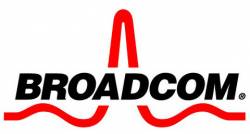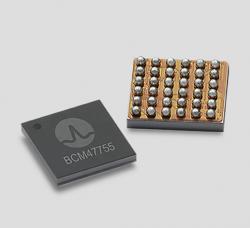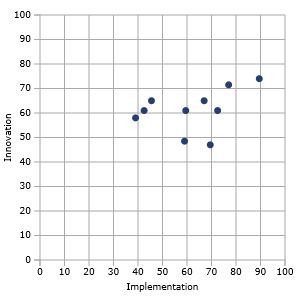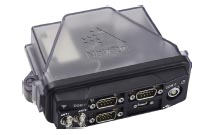
Broadcom Corporation has introduced a GNSS chip with an architecture designed to enable geofence capabilities while preserving battery life.
Geofence technology provides virtual perimeter — the geofence — awareness in a geographical area of interest. The geofence feature enables an application to receive a notification when a user enters or exits a virtual perimeter.
Broadcom Corporation has introduced a GNSS chip with an architecture designed to enable geofence capabilities while preserving battery life.
Geofence technology provides virtual perimeter — the geofence — awareness in a geographical area of interest. The geofence feature enables an application to receive a notification when a user enters or exits a virtual perimeter.
According to the Irvine, California–based company, the new BCM47521chip opens the door to innovative always-on, location-aware applications such as social networking, place-based mobile commerce, and local merchant advertising. A recent ABI Research report forecasts a multi-billion-dollar market for geofencing applications and technologies by 2018.
However, Broadcom says the implementation of this feature has not been viable in traditional architectures because of a need for the applications processor to run continually, causing rapid drain to the device’s battery.
The company says the BCM47521 chip overcomes this issue, making it possible to continuously monitor geofence areas while consuming 60 times less battery power. Broadcom attributes this improved performance to an advanced host-offload mode that monitors geofences in the background and only activates the applications processor when there is a trigger event as well as “smart” algorithms that adapt in real-time as the user gets closer to a geofence boundary.
The BCM47521 chip provides multi-constellation support by simultaneously collecting data from four satellite constellations (GPS, GLONASS, QZSS, and satellite-based augmentation systems) and using the best received signals, resulting in faster searches and more accurate real-time navigation.
In its report, “Geofencing: Technologies, Applications, and Revenue Strategies,” ABI Research investigates the full range of carrier and smartphone applications that will employ geofencing in the coming years, including retail, enterprise, push notification, local search, social networking, and “ambient intelligence.”
Senior analyst, Patrick Connolly sayss, “Collectively, geofencing will enable whole new multi-billion dollar markets around these emerging areas. However, the provision of geofencing tools will be a market in its own right, forecast to reach almost $300 million in 2017.”
Practice director, Dominique Bonte adds, “Traditionally, geofencing tools were difficult to develop, expensive to license, and didn’t have a lot of use cases. With location now ubiquitous across all handset types, and a choice of geofencing tools available from a multitude of big players, it will become an integral part of our daily lives.”





